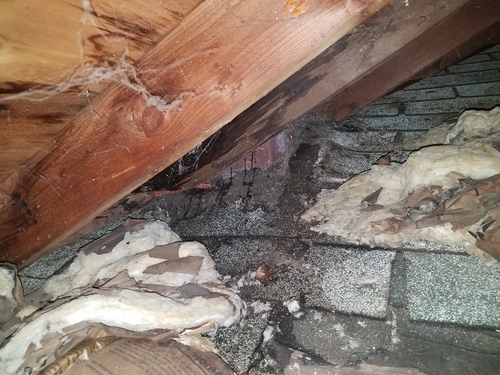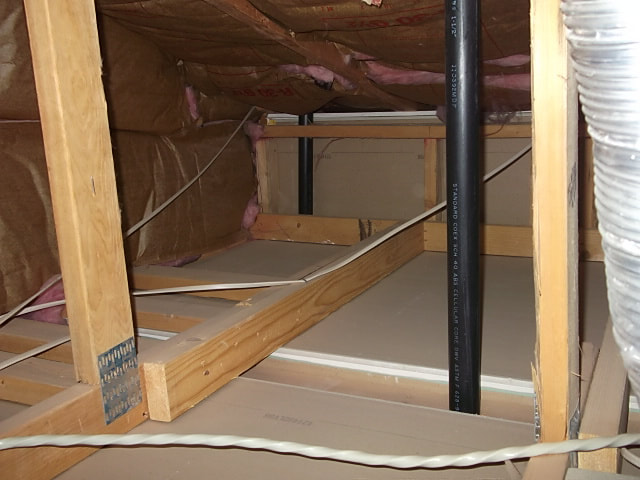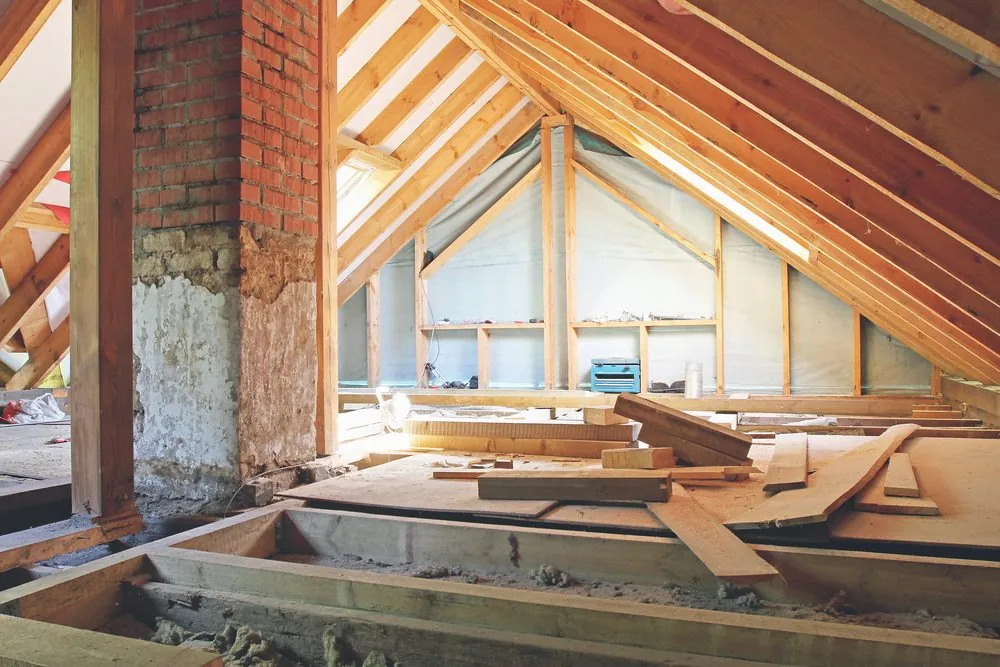If the source of moisture is from the inside of a wall for example a pipe leak in the wall and if the insulation is not dry within 2 3 days it should be removed.
Willk attic insulation dry out after a leak.
Escape of water into a ceiling as a rule would generally mean dropping the contamination from the ceiling.
Whether it s a washing machine disaster in the laundry room or a slow hidden leak under the kitchen sink you can count on adjacent drywall turning into a sponge.
However you ll need to drain it frequently in order for it to function properly.
If its a plasterboard ceiling then the paper will start to rot on the back of the plasterboard after drying and after time the plaster would unkey from the board and the smell is present for a long time.
Because fiberglass batts are relatively low cost instead of attempting to salvage wet possibly contaminated material the better option may be removal and replacement with new insulation.
One of the primary causes of attic moisture is an unsealed opening between the attic and the rest of the home though poor ventilation can also lead to moisture issues.
Installing new insulation and skipping this step will only serve to cause additional long term problems.
Put on protective gear such as gloves safety goggles and a breathing mask to remove wet insulation and discard it in the trash.
Isocyanurate in certain cases can be exposed to dry out and put back in place.
If necessary use a dehumidifier.
Soaked cellulose insulation will retain absorbed water for an extended time and resists drying.
During that time it will also degrade wooden structure and trigger attic mold growth.
Once the dehumidifier s storage tank is full it won t be able to remove any more moisture.
Whether a leak requires a 300 repair or a 10 000 repair has a lot to do with the type of insulation.
Before doing this be sure to shut off electricity to the area affected.
Drying a large area of soaked insulation as well as detecting mold is a labor intensive process.
Remember that the operative term in any water restoration process is dry.
If the fiberglass within your wall cavity or in your attic becomes wet from a leaky roof or burst pipe it will lose insulating effectiveness until the material dries out over time.
By following these guidelines you can assess the damage learn how to dry out walls after a leak and restore your room s original good looks.
To dry out a moist attic be sure to properly ventilate and insulate the space.
Drying out a wet attic placing a dehumidifier inside the attic will help to draw out moisture from the surrounding environment.
Wood fiber insulation for example can soak up surrounding water and compromise a wide area of a roof.
Wet walls wick up problems.




























